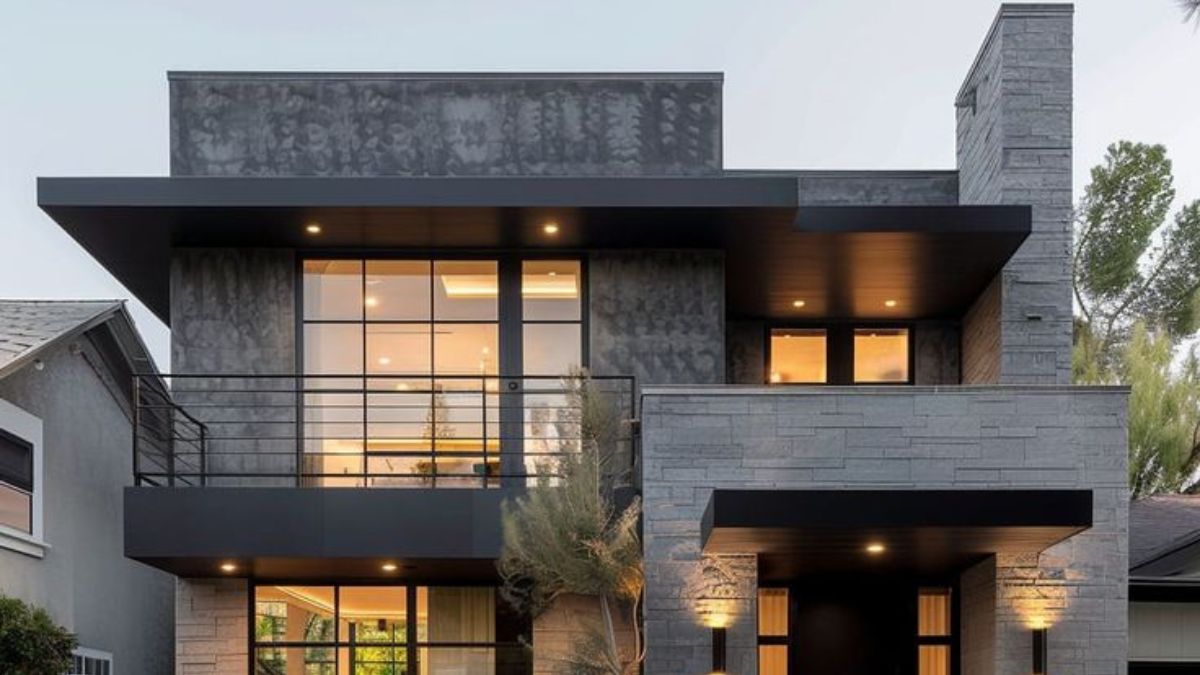Key Takeaways:
- Learn the fundamentals of creating comfortable and modern living spaces.
- Explore architectural trends and their impact on home design.
- Understand the importance of sustainable building materials.
Table of Contents
The Basics of Comfortable Living Spaces
Establishing a comfortable home environment is a multifaceted undertaking that transcends mere furniture selection. The essence of comfort in a home intertwines the thoughtful arrangement of space, natural lighting, and the materials chosen for construction. For instance, if you explore options like Chapel Crossings homes for sale Tampa, FL, envision stepping into a brightly lit living room where every corner invites relaxation due to the optimal placement of windows and seating arrangements. These nuances are indispensable in transforming a house into a haven that meets practical needs and emotional solace.
Moreover, harmonious room flow and ease of navigation contribute significantly to a home’s comfort. Whether transitioning from the kitchen to the living room or accessing outdoor patios, the ease with which space can be navigated without obstructions defines a truly comfortable home. Personal touches like an inviting entryway with welcoming decor also set the tone for what lies within, framing a narrative that guests and residents find appealing and cohesive.
Architectural Trends Shaping Modern Homes
Today’s architectural landscape is a vibrant canvas influenced by trends that enhance connectivity and openness. Concepts like open floor plans and biophilic designs are not just fads but are rooted in a deeper understanding of how spaces can nurture human well-being. By eliminating unnecessary partitions, homes feel airier and more inviting, facilitating a natural flow from one area to another. Such architectural strategies foster greater exposure to natural light and ventilation, enhancing the overall living experience.
The Rise of Smart Technology
Integrating innovative technology into residential design has significantly altered our interactions with living environments. Imagine a home where curtains close at sunset or thermostats adjust based on your schedule, all without manual intervention. Such innovations epitomize the convenience and control innate to innovative technology. Beyond mere gadgets, these technologies improve energy efficiency and security, offering a blend of innovation and practicality that redefines modern living.
Prioritizing Sustainability in Construction
With a global eye on environmental conservation, the construction industry progressively turns to sustainable practices and materials. Choosing building materials like bamboo or recycled metals is not merely about aesthetics; it’s about contributing to a sustainable future. These materials provide durable alternatives to traditional building resources and add distinctive character to homes. By embracing such choices, homeowners can take pride in their home’s reduced environmental impact.
Balancing Style and Functionality
The marriage of style and functionality is an art form that requires careful consideration in home design. It’s about creating spaces that visually please while fulfilling everyday needs. Homes that successfully balance these two aspects often reflect the homeowner’s lifestyle and personal taste. From custom cabinetry that maximizes storage to multifunctional furniture that adapts to different activities, the synergy between form and function can significantly enhance a space’s livability.
Incorporating Natural Elements
Introducing natural elements into interior spaces can have transformative effects. Indoor plants, for instance, improve air quality and add vibrancy and life to a room. Natural textures and materials, such as stone or wooden flooring and ground, connect a space to nature. This connection can be further enhanced using larger glass sections, blurring the boundary between indoors and outdoors. Such design choices resonate with the human affinity for nature, promoting a sense of serenity and escape within the home.
Choosing the Right Color Palette
Colors wield power over emotions and atmospheres within a home. A well-chosen palette can invigorate spaces, making them feel open and dynamic or warm and inviting. Neutral tones paired with strategic splashes of color can create an environment that supports relaxing and entertaining. Understanding the psychological impacts of colors enables homeowners to craft environments that cater to their specific needs and desires.
Open Spaces and Community Living
Open spaces within residential areas serve an essential purpose beyond mere aesthetics; they foster community engagement and interaction. Shared spaces such as gardens or rooftop decks become congregational areas that encourage residents to connect. These spaces act as communal living rooms, forming bonds and nurturing community spirit.

